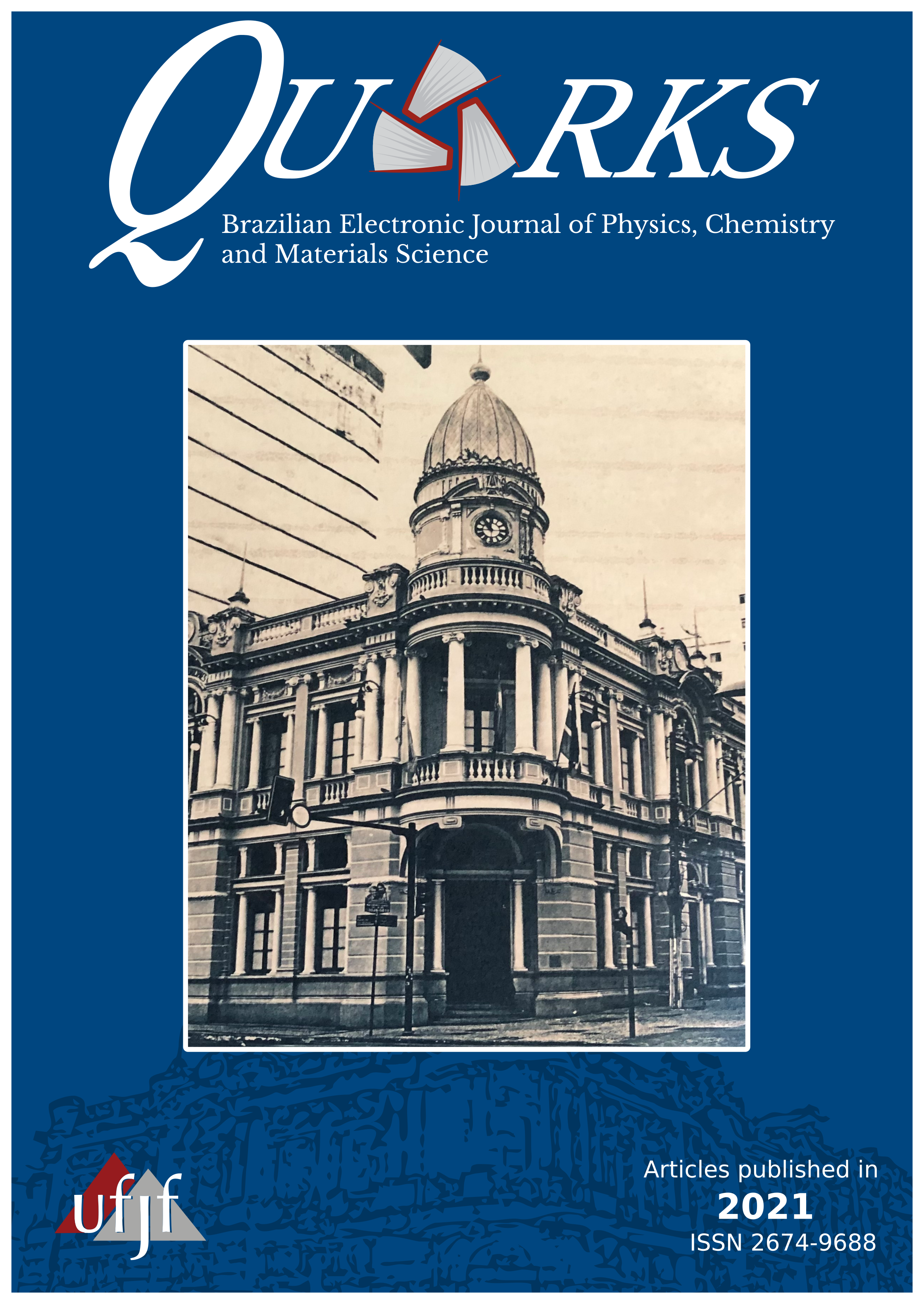Study of Quality Factor (Q) and Phase Angle (θ) obtained per electrical impedance to characterization and detection adulteration in honey.
DOI:
https://doi.org/10.34019/2674-9688.2022.v4.36770Palabras clave:
Electrical measurements, Frauds detection, Honey analysis, Quality controlResumen
The quality control of honey is very important for the food industry and for the final consumer. Honey has constantly been the target of adulteration, usually with the aim of illegally increasing profit. However, the analytical methods used in the fraud investigation sometimes are very complex and beyond time-consuming. Electrical measurements appear as a good alternative to the traditional methods of analysis due to its practicality and low costs. In order to show the applicability of some electrical parameters derived from the impedance technique for honey quality control analysis, in the present study, samples were purposefully adulterated with syrup to simulate adulteration conditions. Then, they were submitted to electrical impedance analysis with frequency scanned from 10 Hz to 2 MHz. The impedance module (Z), the phase angle and the quality factor (Q) data were collected and studied. The results showed that there is a linear correlation between the frequencies relative to the peaks of the Q for samples and adulterant concentration with coefficient of determination of ~0.992. The proposal to use the Q as a property to be used in methodologies of analysis is the main contribution from this study, since it is traditionally little mentioned in the literature.


